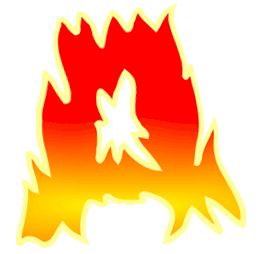-
Moment of a force: It is the product of force and the perpendicular distance (between the line of action of the force and the pivot).
Moment of a force = F x d
-
Moments can be clockwise or anticlockwise.
-
The Principle of Moments: For a body in equilibrium, the sum of clockwise moments is equal to the sum of anticlockwise moments.
-
Example:
-

-
Centre of mass: It is the point through which the whole weight of an object seems to act for any orientation of the object.
-
Centre of mass of an object (such as ring) can lie outside the object.
-
Experiment to determine centre of mass of a plane lamina
-
The marking points are:
-
set metal swinging (to ensure minimal friction at pivot)
-
allow to come to rest
-
use of plumb line from hole
-
mark line along plumb line (on metal)
-
hang from another hole
-
hang from 3 rd hole
-
point of intersection of lines is centre of mass
-
-
-
-
Stability: It is the ability of an object to regain its original position after it has been tilted slightly.
-
Stability can be improved by
-
lowering the centre of mass
-
increasing the broadness of base
-
-
Go back to table of contents



